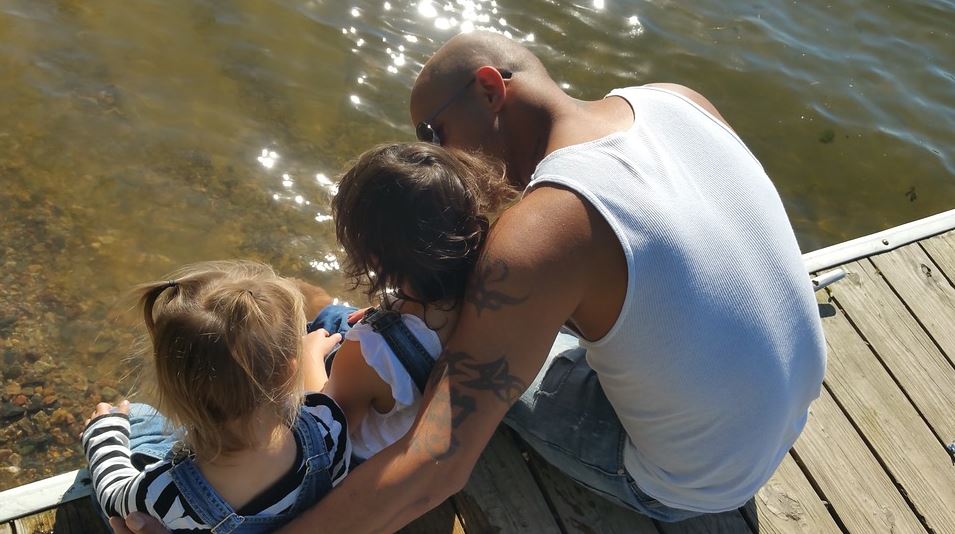The courts make several decisions that affect children when their parents separate or divorce. These decisions include custody decisions, safety planning, and the termination of parental rights if necessary.
Any time the court makes a determination, it has to weigh the outcome in terms of whether the decision is in the best interests of the child. All U.S. states, including the District of Columbia, Puerto Rico, American Samoa, Guam, the U.S. Virgin Islands, and the Northern Mariana Islands have regulations pertaining to a child’s best interests. These interests have to be considered for all aspects of a child’s life, living conditions, custody, and other important issues.
What Does “Best Interests” Mean?
It’s important to note that best interest analysis is at the core of every child custody case. There isn’t a definite definition of “best interests,” but this term often refers to the court deliberation that occurs when deciding which actions, orders, and services will benefit the child and the parent who is best suited to care for the child.
The court determines “best interests” by taking into account several factors relating to the child’s individual situation, as well as the circumstances of the parents. The judge wants to know about each parent’s ability to provide property consistent safety and care for the child.
“Best Interest” Principles
State regulations usually have overarching objectives that help a judge make the right custody and parental care determination for a child. These objectives include:
- The importance of keeping the family intact as much as possible and ways to avoid removing the child from their current home
- The emotional connection and overall relationship a child has with one or both parents, siblings, extended family, and other members of the household, as well as babysitters and other caregivers
- The ability of the parents to provide a safe environment, as well as proper medical are, clothing, and food for the child
- The child’s physical and mental health needs
- The parents’ physical and mental health needs
- Domestic violence that has occurred in the home
Parenting and Best Interests
Most family law judges will try to ensure that both parents share custodial rights. Many families agree to this agreement so that the child will maintain a strong bond with both of their parents after a divorce. However, it’s not always best for a child to spend time with one or both parents. If both parents are unable to properly care for the child, the judge may determine that another family member should become the child’s caregiver.
If one parent has been abusive in the past, is abusing drugs or alcohol, or has displayed negligence, the judge may only award supervised visitation to this parent. In some cases, it is in the best interest of the child to refrain from seeing one parent altogether, until that parent completes a rehabilitation program for drug abuse, alcoholism, or anger management.
State Regulations
The “best interest” regulations may differ slightly for each state. However, the courts will take the child’s developmental needs and age into consideration to determine the best living and custody arrangements. Most states and territories consider every “best interest” statute before making a decision. However, some regions take the statutes into account, along with relevant information specifically pertaining to the child’s case.
Whether you and your ex decide to establish a custody agreement outside of court with a mediator or you feel it’s best to resolve custody issues in family court, it’s important to remember that your child’s health, safety, and well-being should always come first.
Even if you and your former spouse disagree on some issues, if you’re both committed to making sure your child is safe and healthy, it will be easier to come to solutions that contribute to your child’s mental, physical, and emotional development.

